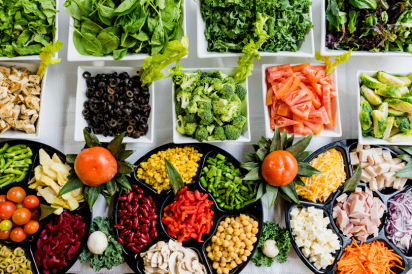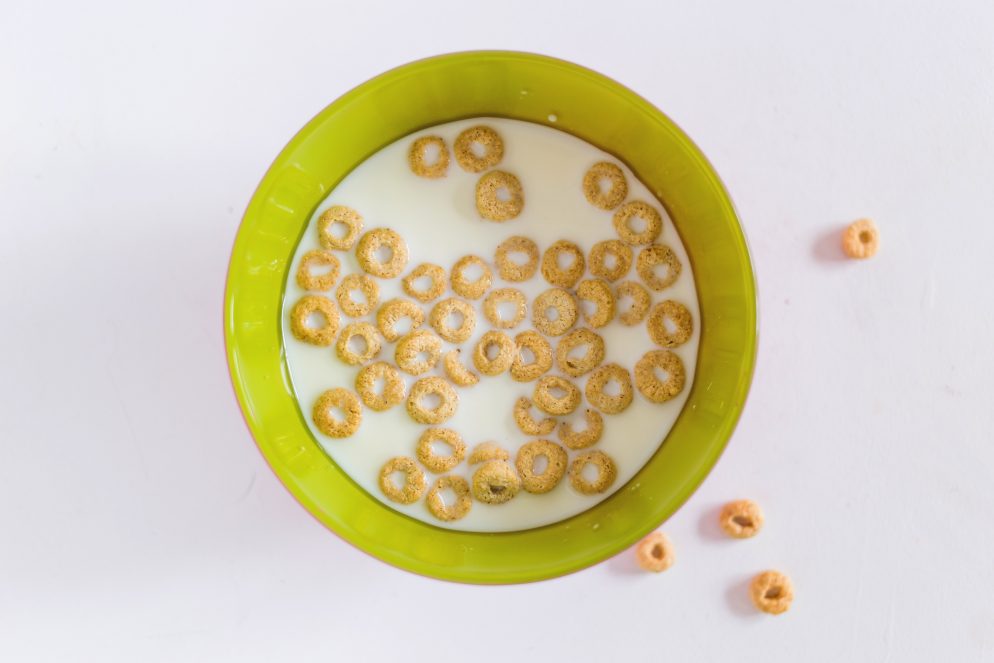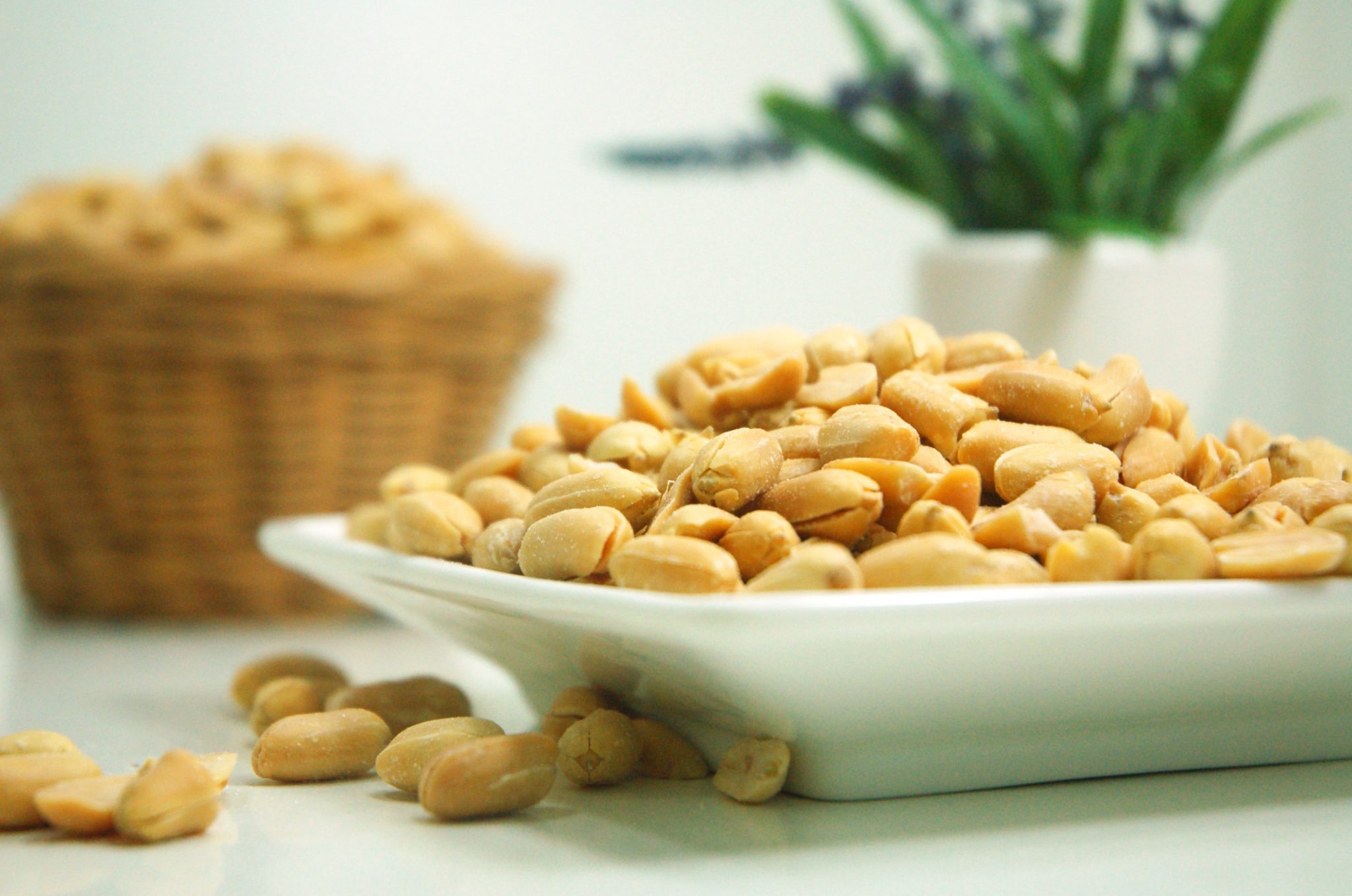
What is type 2 diabetes?
Type 2 diabetes is a chronic disease that affects millions worldwide. With type 2 diabetes, the way the body processes blood sugar (glucose) levels is affected as the body either produces not enough insulin or it resists insulin. This results in too much glucose being present in the blood. Effects of uncontrolled cases can cause serious health issues including kidney failure, heart disease and blindness to name a few.
There are certain factors that may influence your likelihood to develop type 2 diabetes that you can’t change, such as genes, age and past behaviours. However, there are many actions you can take to reduce your risk of developing type 2 diabetes.
The good news is that pre-diabetes and type 2 diabetes are largely preventable. Making positive lifestyle changes is the number one way to avoid the disease. These same changes can also help lower the chances of developing other conditions like heart disease and some cancers.
Achieving a healthy weight, eating a balanced carbohydrate controlled diet, getting regular exercise and not smoking all help to improve blood glucose control.
Most people know they need to make changes, but it can be difficult to know how to stick with it.
Don’t forget you’re not alone in this – your GP can help support you, and a Dietitian can complement this by helping to set goals that are realistic and work for you. Changing one thing at a time and making the changes part of your every day is a great way to set you up for successfully lowering your risk of developing type 2 diabetes.
Ways to lower your type 2 diabetes risk
1. Exercise
Keeping up regular physical activity several days a week may help prevent diabetes. Working out more frequently and working your muscles more often leads to improvements in insulin response and function. High intensity, strength training and interval training have been shown to reduce insulin resistance and blood sugar in those in high risk categories for diabetes.
Simple walking briskly for a half hour every day can reduce the risk of developing the disease by up to 30%.
2. Keeping your weight under control
If you are overweight, diabetes prevention may hinge on weight loss. Every kilo you lose can improve your health.
3. Cut out the sugary beverages and processed foods
Eating and drinking things containing high levels of sugar and refined carbs can put those at risk of diabetes on the fast track to developing type 2 diabetes. Sugary drinks like soft drinks, fruit juices and pre-mixed alcoholic drinks have been linked to an increased risk of type 2 diabetes.
Consuming adequate amounts of water may provide benefits. Some studies have found that increased water consumption may lead to better blood sugar control and insulin response, thereby reducing the risk of diabetes.
Processed foods are linked to all sorts of health problems including heart disease, obesity and diabetes. Cutting back on packaged foods that are high in vegetable oils, refined grains, refined carbs, excess sugar and additives may help reduce the risk of diabetes. Focusing on whole foods like nuts, fruits, vegetables, and lean meats can be beneficial.
4. Quit Smoking
It’s well known that smoking has been shown to either cause or contribute to a multitude of serious health conditions, including many types of cancers, emphysema, and heart disease.
There has been research linking both smoking and second hand smoke exposure to type 2 diabetes. Quitting has been shown to reduce the risk over time.
5. Optimise Vitamin D Levels
Vitamin D is important for blood sugar control. Studies have found that people who don’t get enough vitamin D have a greater risk of all types of diabetes. Good food sources of vitamin D include fatty fish and cod liver oil, in addition to a safe amount of sun exposure. Vitamin D levels can also be increased with supplements.
The best way to lower your risk of type 2 diabetes is knowing you have control over many of the factors that influence diabetes. Pre-diabetes can be seen as a motivator for making the necessary changes that can help to reduce your risk. Consuming the right foods and adopting other lifestyle behaviours that promote healthy blood sugar and insulin levels will give you the best chance at avoiding diabetes.
Ask an independent GP who consults at HealthMint about:
- A weight loss program or group
- Seeing a registered dietitian
- A type 2 diabetes prevention program
It can also help to get your family and friends involved – eating better and moving more is good for everyone!
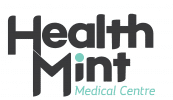









 Are food allergies different to food intolerances?
Are food allergies different to food intolerances?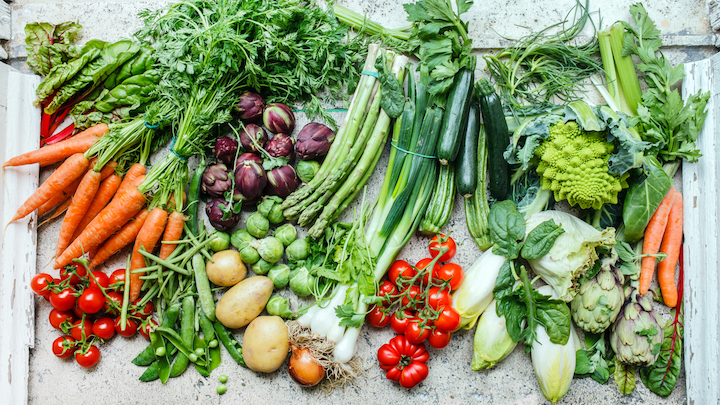
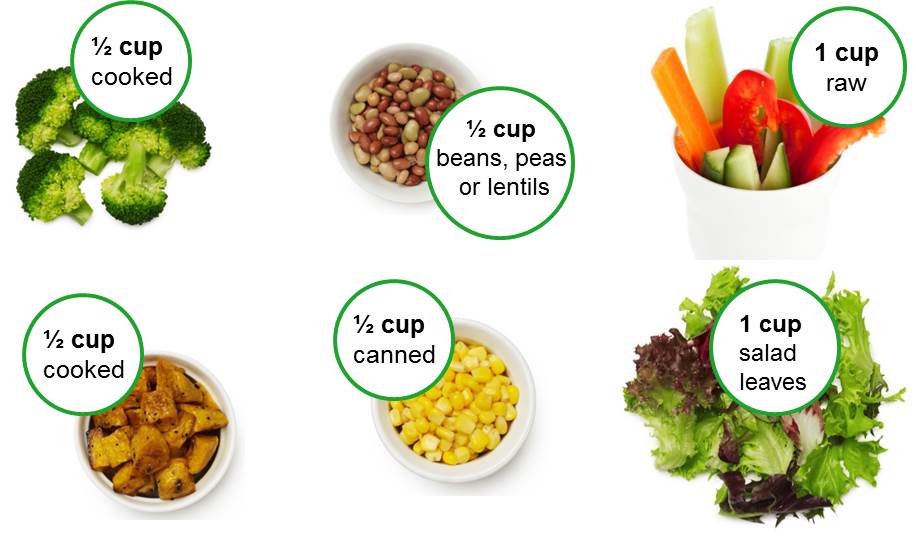 What are the Health Benefits of having vegetables and Try for 5?
What are the Health Benefits of having vegetables and Try for 5?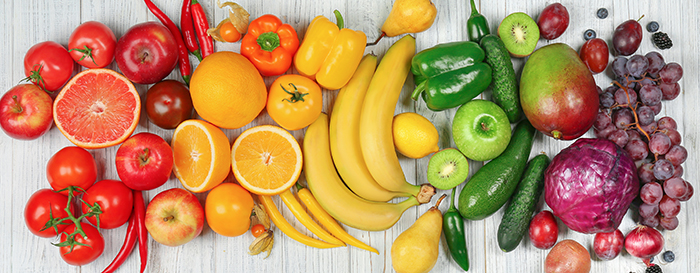



 Symptoms of gut health and anxiety
Symptoms of gut health and anxiety